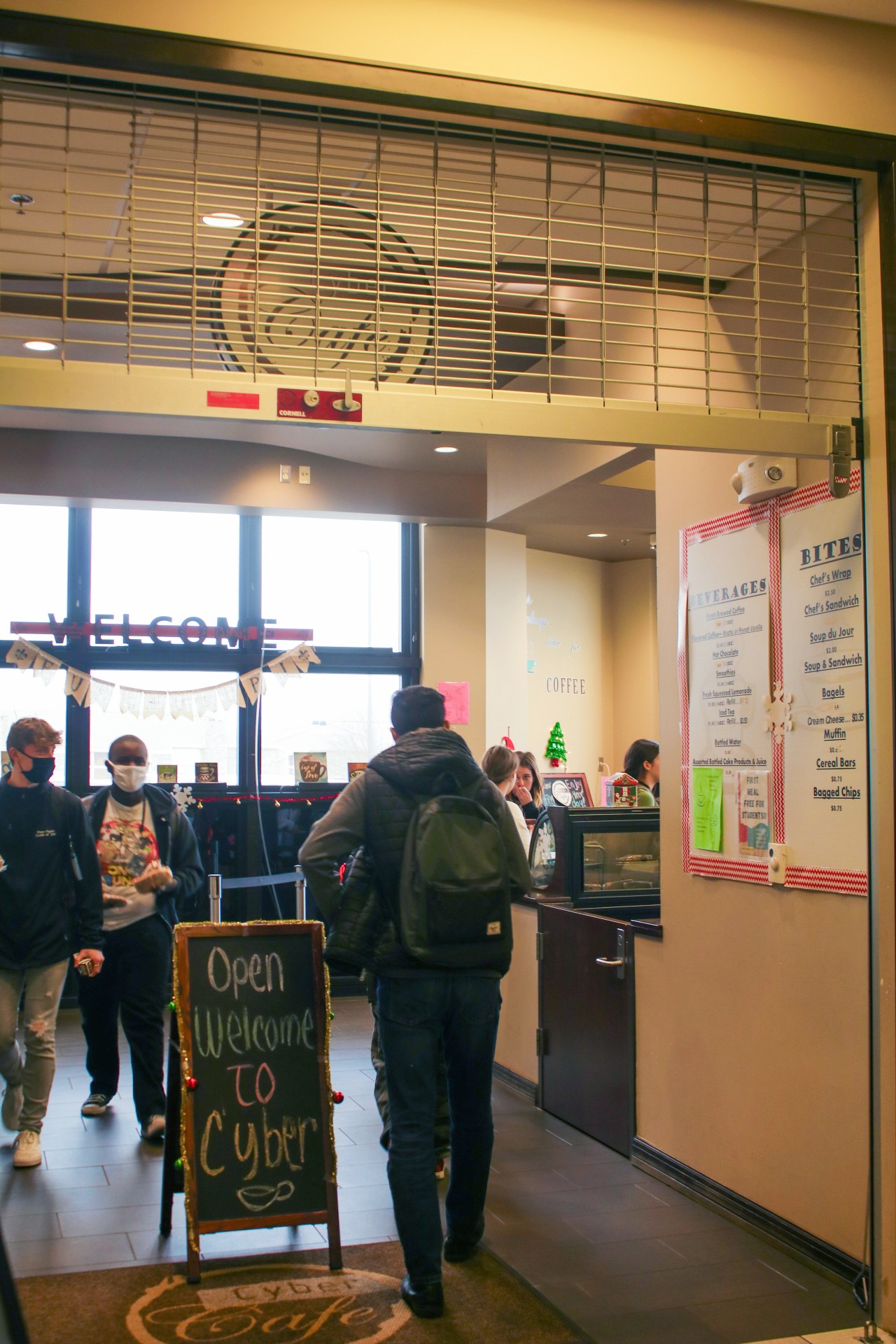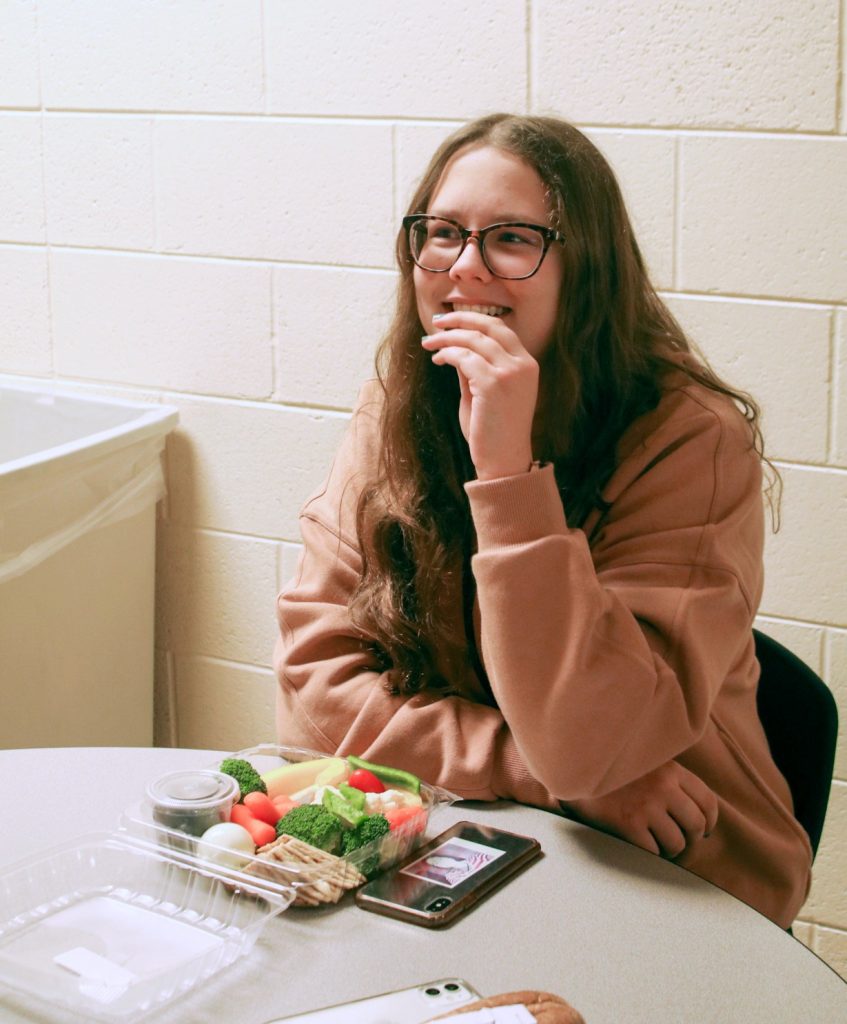By Wendy Cruz, 11
When a Union High School student gets school lunch, they are required to get milk and two fruits or vegetables. A brief walk through the commons at lunch time or a glance in the trash can makes it obvious that students are not consuming all of this food, and much of it is being thrown away. Across the U.S., school food waste is an enormous problem and contributor to climate change, but there are steps that Union and other schools can take to help curb this problem.
According to the World Wildlife Fund report, “Food Waste Warriors,” U.S. school food waste totals about 530,000 tons of food per year. This can roughly equal 1.7 billion dollars of food that is wasted. In addition to the financial impact of food waste, it is necessary to be mindful of the waste and how it affects the environment. Waste of food also wastes energy, fuel, and water. Harvesting, packaging, and transporting are the processes that food goes through. When food goes to waste, so are all the processes and products that got the food to the consumer. The discarded food goes to landfills which produce methane, a greenhouse gas harmful to the environment and contributes to climate change. According to “Fight Climate Change by Preventing Food Waste” by the World Wildlife Fund, reducing food waste would reduce six to eight percent of greenhouse gas emissions caused by humans.
To help solve this waste issue, the school has placed share buckets in the cafeteria, deli, and street market. These buckets are there to reduce food waste and allow other students to get foods they might like. Anyone can take food and place food. Food is not just wasted in school but also outside of it. Planning what you will buy, composting, and freezing food are all ways to help reduce food waste. Overall, reducing food waste is beneficial for the environment, and Union students can be a part of reducing climate change by taking simple steps to reduce food waste at the high school.
https://www.worldwildlife.org/stories/food-waste-warriors
https://www.worldwildlife.org/stories/fight-climate-change-by-preventing-food-waste




Candyse Walker-Murray
January 18, 2022 at 5:24 amHello! I appreciate your concern for the environment and your words are definitely true! However, you might look into what the requirements are for a complete reimbursable meal before publishing it as fact. Each student needs 3 components composed of either a protein, grain, vegetable, fruit OR milk. Only 1 item is required to be a fruit OR vegetable. These rules are put in place to ensure we are providing enough nutrients for you to get thru the rest of your school day after lunch. I believe the food waste responsibility may lie more in the hands of the eater verses the feeders at the school level. Please feel free to reach out to me any time if you need any information or have any concerns about the Child Nutrition program at Union. I am more than happy to help you! – Chef Candyse (district chef)